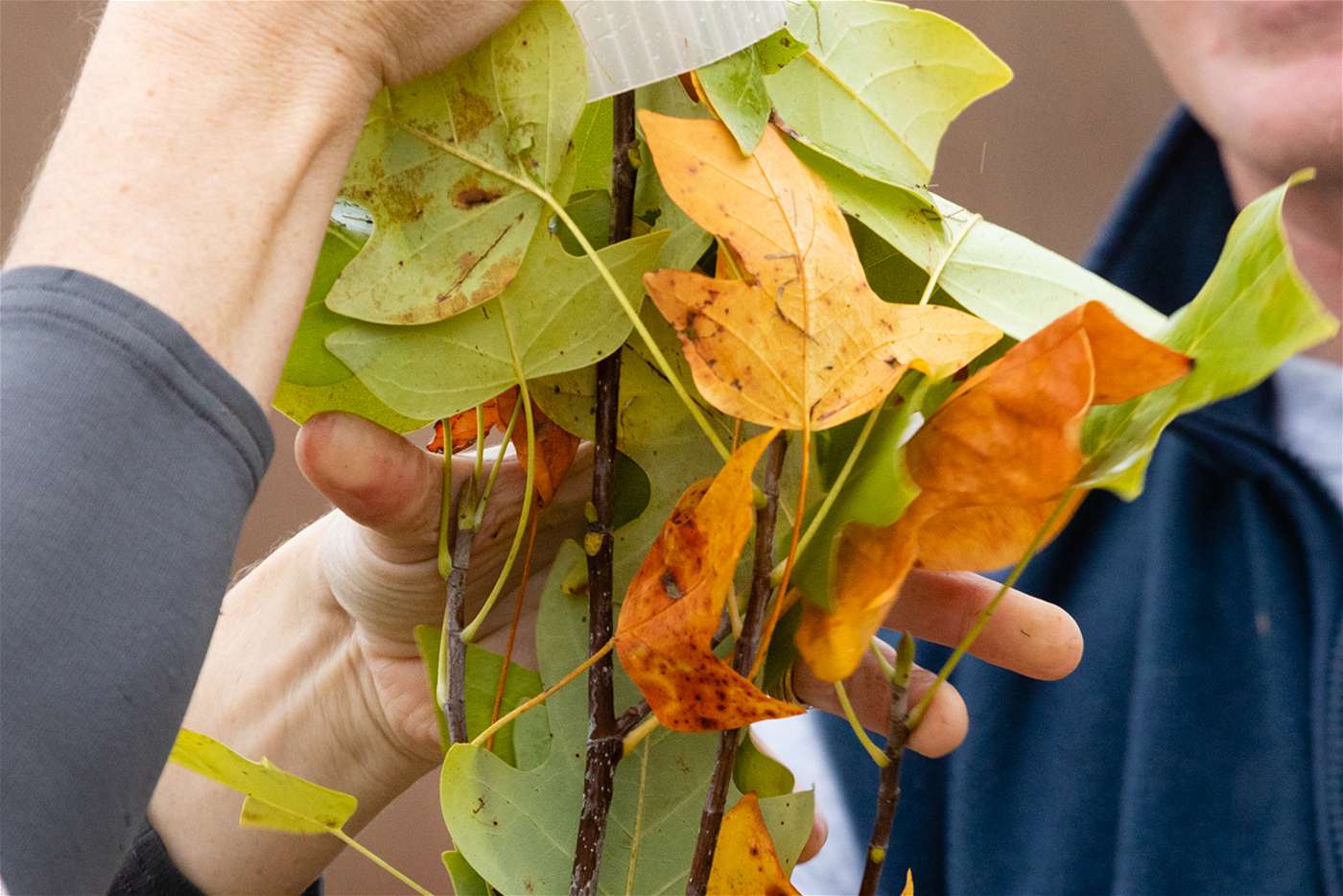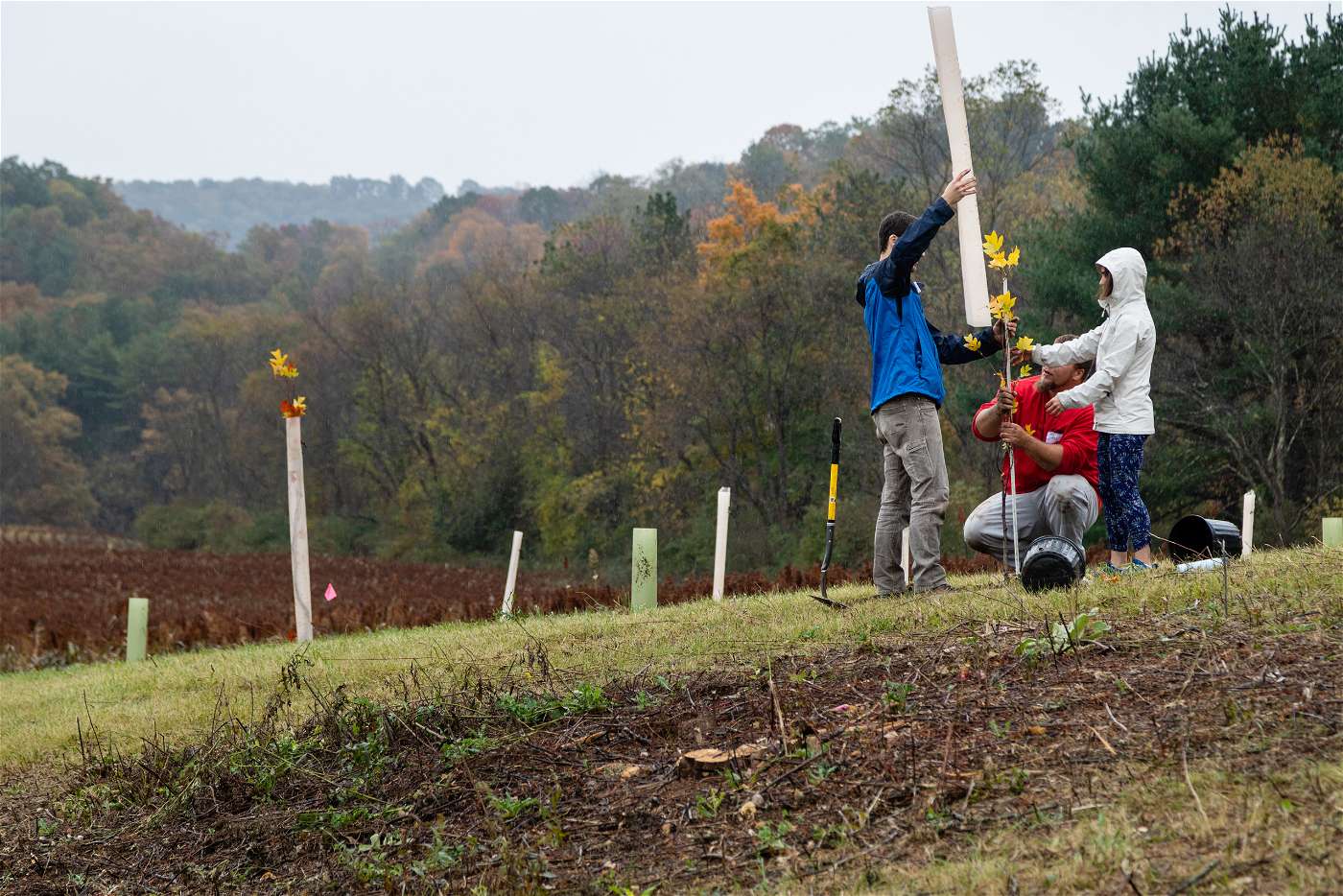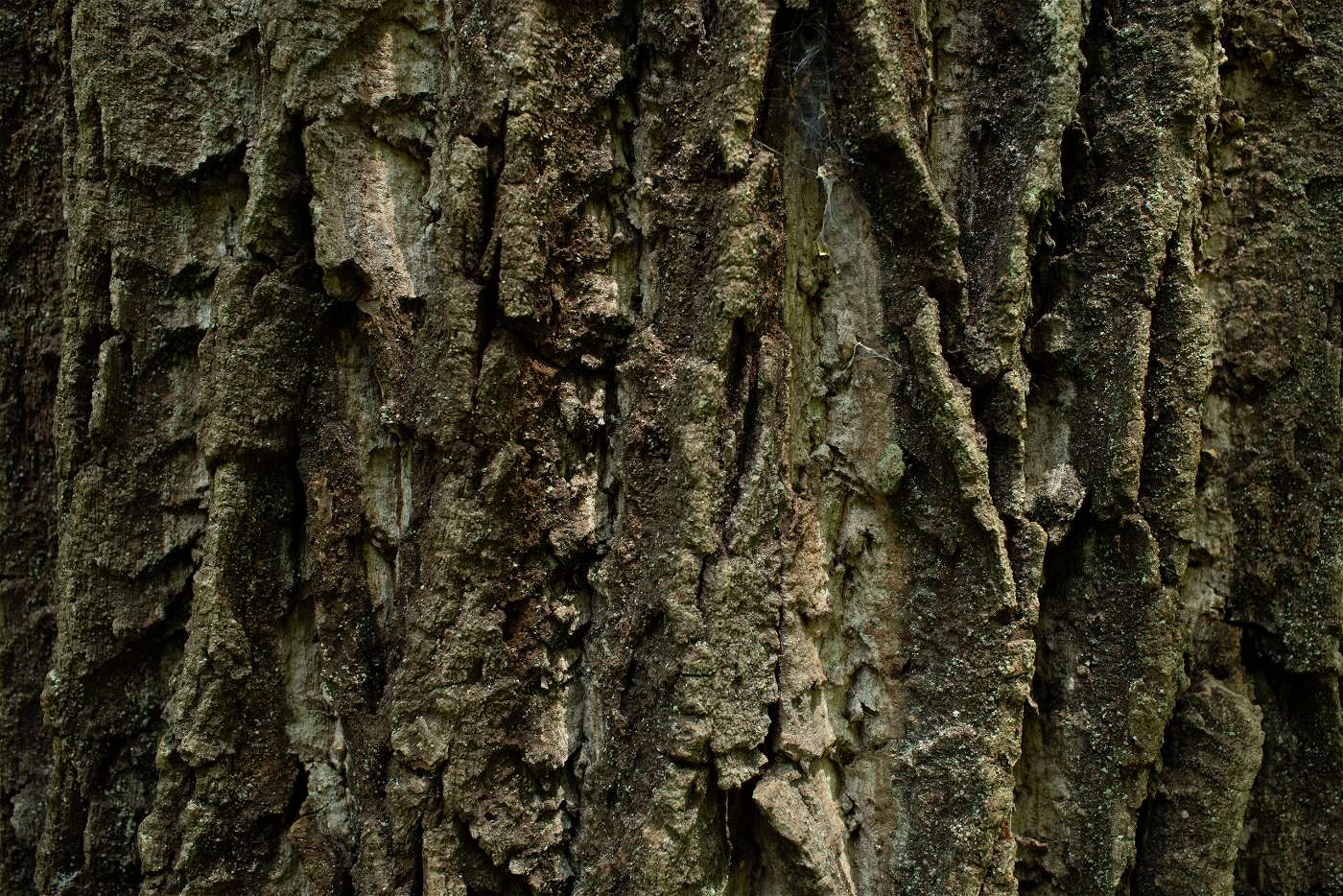LUZERNE CONSERVATION DISTRICT
What do Trees and Trout have in common?

The CBF K10 trees are a habitat enhancement for the naturally reproduced trout in the Commonwealth. Luzerne Conservation District (LCD) is parring trees with trout to benefit local water quality, Chesapeake Bay and native trout within their District. Trout are coldwater species needing the right mix of clean, cold and food filled waters to maintain healthy populations of these fish. Protection of water quality is critical to maintain food and reproduction for trout since they have have low tolerance for high temperatures and contaminants.
Trees disburse water through the canopy protecting surface waters and soil from erosion and nutrient runoff. Growth of trees along streams helps to keep waters cold in summer, reduces sediment entering the stream during spring thaw and rain events, reduces nutrients by absorption as fuel for the tree’s growth. Leaves that fall from riparian trees to the trout stream begin the food chain creating natural nutrients, materials and habitat for aquatic insect life cycles. Trees also shelter the streams from extreme warm conditions in summer by shading the rocks and waters from solar heat.
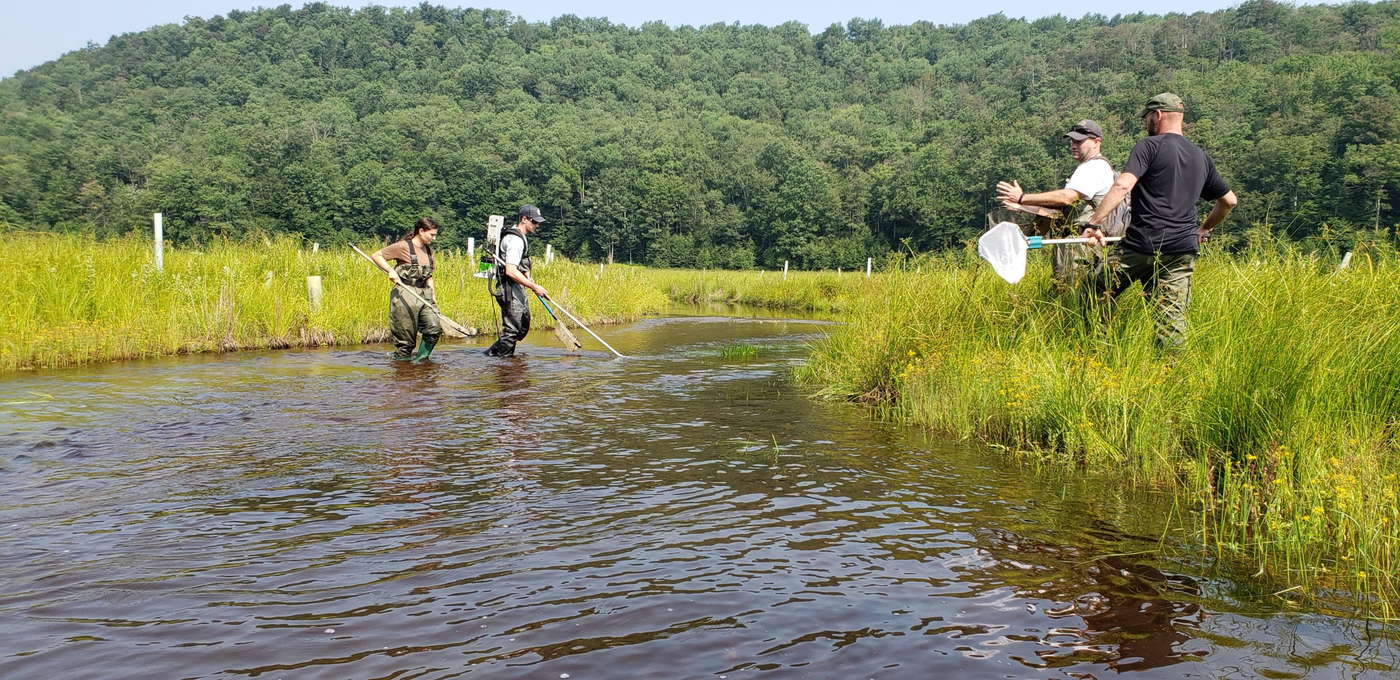
Photo Credit: Luzerne Conservation District
Fish survey South Branch Bowman Creek riparian project
Trees are a major component of good trout habitat, especially as our world changes from human development throughout the Keystone State watersheds. LCD has planted with volunteers >3 miles of trout streams since 2018 benefiting the trout fisheries. Logs and roots in streams create habitat increasing locations for trout to hide and hunt down their food. Aquatic insects, crayfish and bait fish use submerged logs in streams making optimum feeding areas for the trout. Logs naturally occur in streams with riparian forests. The restoration of riparian forests creates trout habitat for many years in the future. The photograph shown above is a former Lake bottom reverted to wild brook trout habitat with 0.5 miles of riparian zones planted. The project was designed and permitted by LCD. Trout Unlimited, the Eastern Brook Trout Joint Venture and CBF’s K10 trees all cooperated with the PA Fish and Boat Commission and numerous volunteers to enhance and protect the newly exposed stream bed (2019).

Photo Credit: Luzerne Conservation District
CBF K10 Trees Big Wapwallopen Creek riparian project
The CBF K10 Trees projects are conducted in Luzerne County on Big Wapwallopen Creek, Bowman Creek, East Fork Harveys Creek, Huntsville Creek, Little Nescopeck Creek and Mitchner’s Run. Additional positive impacts on trout streams are created through the planting of trees in stormwater basins reducing water temperatures and contaminants from the basin’s discharge of water to Toby Creek. Retrofitted basins help locations meet MS4 water quality enhancement measures and improve trout habitat downstream.
The Keystone 10 Million Trees Partnership by the Chesapeake Bay Foundation (CBF), is helping many people and organizations restore, protect, and enhance trout waters in Pennsylvania.
John Levitsky, Luzerne Conservation District Watershed Specialist
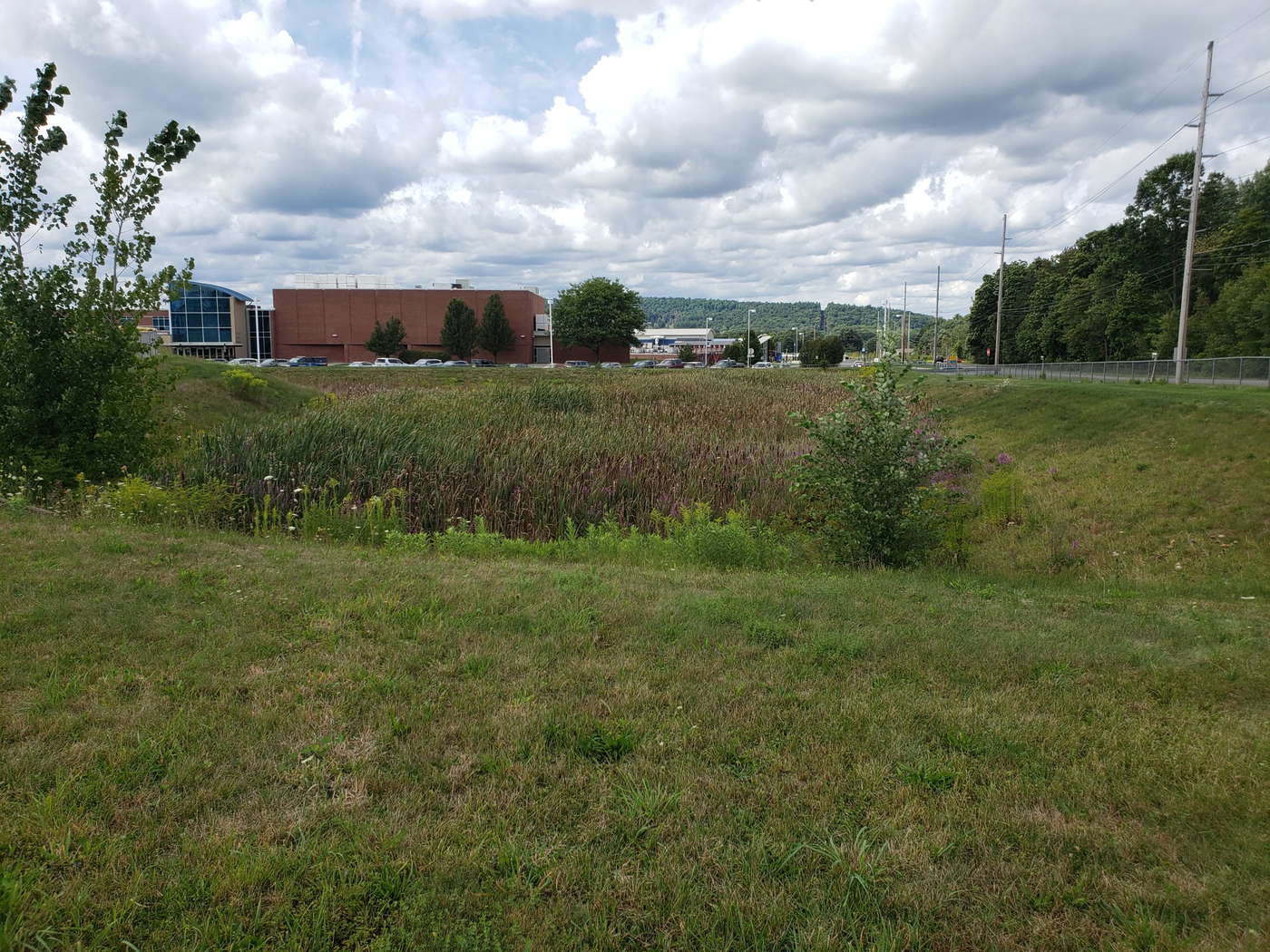
Photo Credit: Luzerne Conservation District
Dallas School District stormwater with CBF K10 trees
-
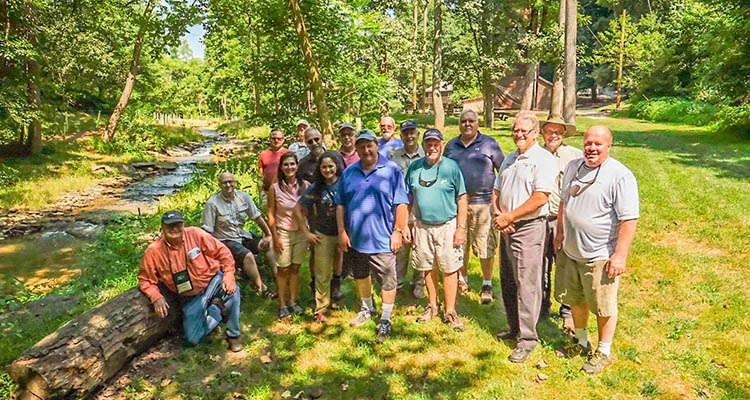 Partner Story
Partner StoryDonegal Trout Unlimited
The future looks bright, one stream at a time.
-
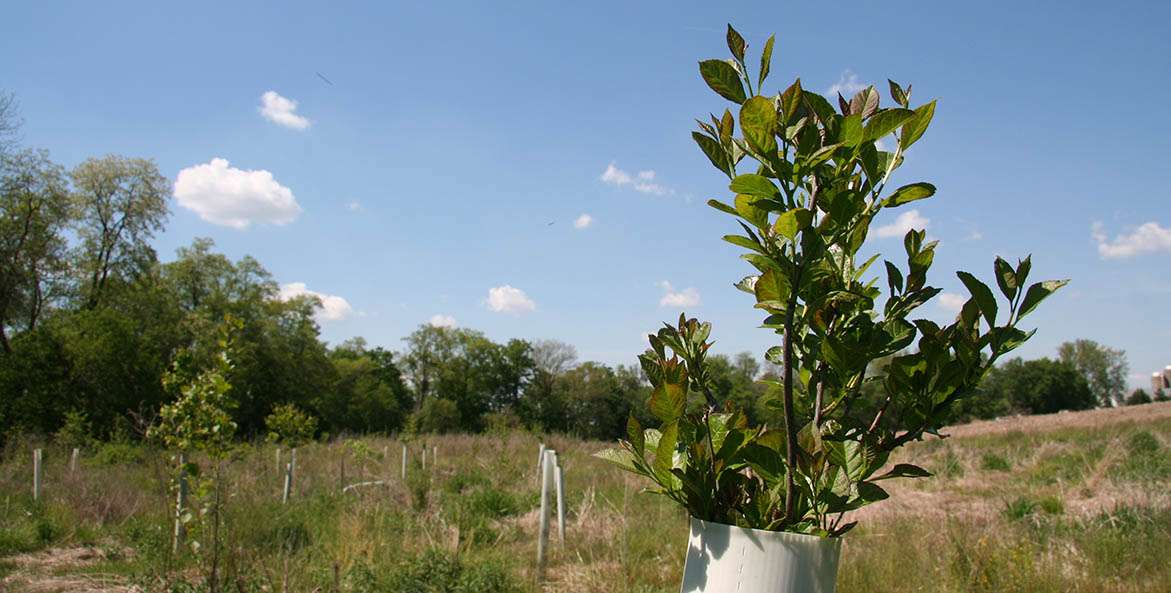
Photo Credit: BJ Small
Love Deer? Plant a Tree
Hunters and wildlife enthusiasts in Pennsylvania are finding many benefits in streamside forests. -
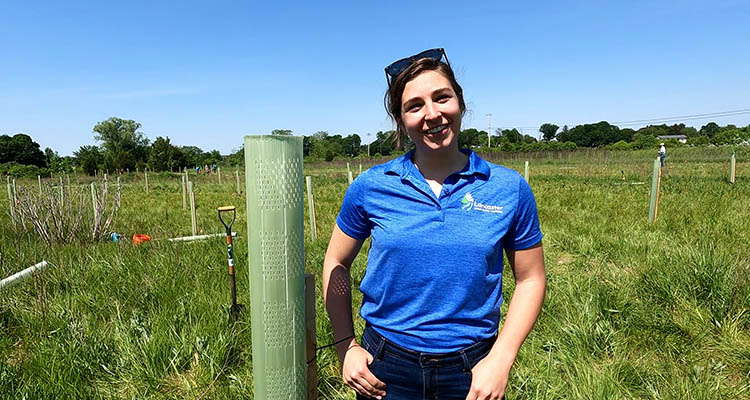 Partner Story
Partner StoryLANCASTER CLEAN WATER PARTNERS
Partnerships and trees changing water quality in Lancaster County.


